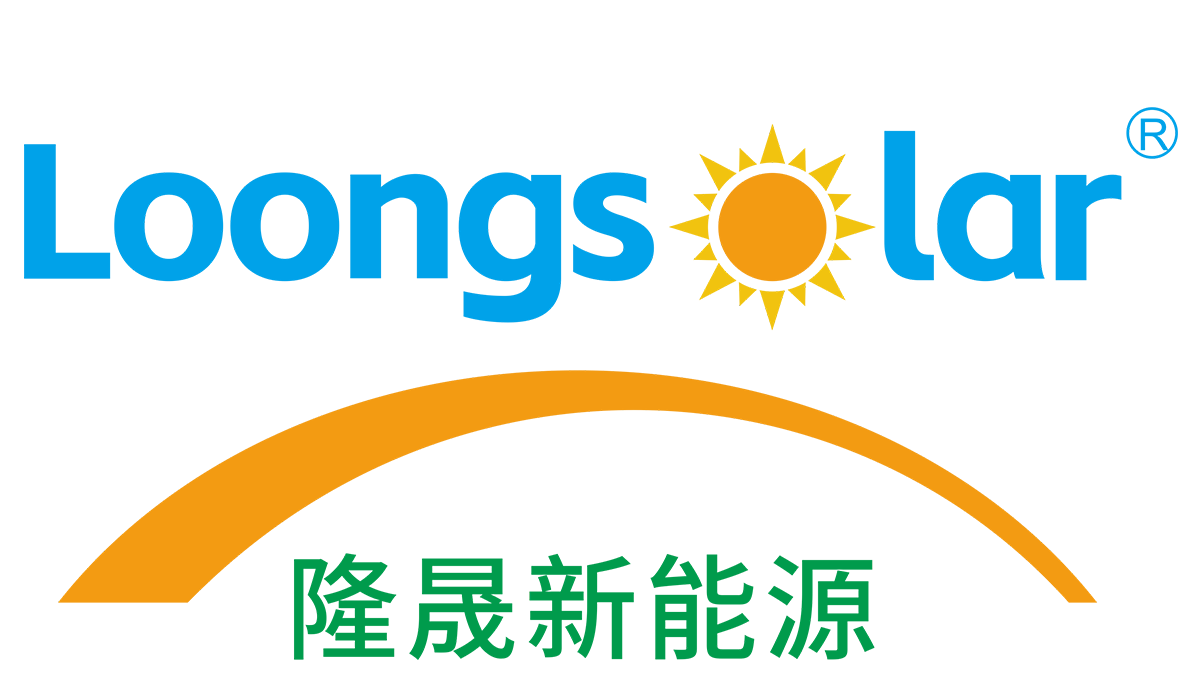Why Zinc-Magnesium-Aluminum Tubes Excel in Solar Infrastructure
Superior Corrosion Resistance Explained
The ZMA tubes are excellent for solar applications because of its high resistance to corrosion. This characteristic is as a result of a special alloying, which increases the shield these tubes provide against adverse environmental conditions. Testing has found ZMA's corrosion protection to be approximately 2-3 times superior to standard materials such as galvanized steel, and 50-60 times better in saltwater conditions. This is due to the sacrificial nature of the zinc in the alloy, which allows for a self-healing process. This property is essential to assure an adequate life of the structure, especially near coastal locations with aggressive environments. In short, the durable quality of ZMA pipes guarantees they last, which is what you need for a solar panel system.
Longevity in Coastal and High-Humidity Environments
The performance of ZMA tubes has been outstanding when challenged with the harsh conditions experienced in many coastal or high humidity environments, where pitting and rusting are on attack. Studies have shown that when structures are constructed with ZMA materials, they may last 40% longer than structures built with non ZMA materials. Such excellent results demonstrate that ZMA tubes can preserve their shape and function for a considerably long period. ZMA provides a solution for investment in solar panel systems, particularly in harsh environmental conditions. With its high-Performance, weather-resistant material, these Tubes help keep solar installations lasting Strong, keeping your investment safe and secure no matter what the weather.
Lightweight Strength for Solar Panel Mounting
The design of ZMA tubes is strong and lightweight and extremely well suited for solar mounting. This particular characteristic is also essential for the convenience of the arrangement, because it facilitates the structure, while it minimizes the logistics bottlenecks. The weight savings allows faster installations while also cutting transport cost providing an overall project saving. This efficiency is pair with the remarkable strength-to-weight ratio of ZMA steel tubing that allows for new and innovative mounting designs for solar panel set-ups to flourish. These types of designs can be desirable for maximizing the efficiency of a home solar power generation system and simultaneously minimizing munitions costs for installation. The strength and lightweight barrier of ZMA tubes allow for some of the most advanced and efficient solar installation techniques in use.
Key Applications in Solar Panel Systems
Residential Solar Power Installations
Zinc Magnesium Aluminum (ZMA) tubes are also popular for residential solar electricity installations because it is durable and inexpensive. Sturdy design to support solar panel Support for solar panel can be used on RV, marine, boat and roof. The ZMA tubes have become the standard for contractors due to the increasing requirements for dependable material as more homes are power by solar. These tubes also provide extended life and are low maintenance for a cost cutting benefit throughout the entire life of the solar system.
Utility-Scale Solar Farm Applications
ZMA tubes are a primary solution in the utility scale solar farm segment, where they have been proven to support large numbers of solar panels. These systems often demand materials capable of tolerating system demands of devastation coping with as well as hastier setup programmes. ZMA tubes lead to significant time savings in setup, an important factor for projects wishing to go operational rapidly. And toughness also equates to reduced maintenance costs - something solar farm operators are very mindful of as they seek to reduce upkeep over the long term.
Integration with Home Solar Power Systems
ZMA tube bundles also have the flexibility of being incorporated in home solar electricity systems and therefore are not limited to standard installations. Due to the fact that the use of solar panel systems is to be expanded, ZMA tubes are known for their flexibility to be compatible with recent solar technologies very well. This flexibility is commonly associated with sleek designs and structural integrity in residential solar applications and brings both looks and reliability to home solar systems. In addition they are easy to install, are light weight and thus have a lower installation cost associated with labor.
Comparative Advantages Over Traditional Materials
ZMA vs Hot-Dip Galvanized Steel Performance
ZMA, the pronounced strengths ZMA has over hot-dip galvanneal steel in performance characteristics. Specifically, ZMA provides excellent longevity and corrosion protection even in the environments when galvanized results fail the ZMA certainly passes the test. ZMA tubes even have been reported structurally intact after decades of exposure to harsh environments in case studies. Furthermore, its lighter weight ZMA substance ensures construction, transport and installation practicality, making it an extremely practical material in the solar panels installation industry. These aspects are part of what makes ZMA appealing to several solar power developments.
Coating Self-Repair Mechanism
One of the remarkable characteristics of ZMA tubes is the special coating with the self-repair property. This is a feature that is critical to Airmass durability and quite literally makes the difference between a solar array that fails in less than a decade and one that can last over 50 years. Therefore, it is helpful to save time for frequent maintenance, which is particularly advantageous over the prior art in terms of materials. Recent study confirmed that the maintenance cost of structure applications made of ZMA compared to those using other materials is 50% lower, which further reiterates the economical aspect of ZMA.
Reduced Maintenance for Solar Installations
Maintenance needs are also significantly lower for ZMA tubes, providing great cost savings during the lifetime of solar energy applications. Installations can operate at high efficiency longer because of less need for repairs. Industry articles highlight the impressive lifecycle cost savings ZMA delivers, with significant reduction in total costs when compared with traditional materials when installed as part of a solar panel system. This not only provides long-term saving, but also makes solar project more profitable & reliable.
Welding Best Practices for ZMA Alloys
ZMA alloys welding demands techniques which can guarantee long life and strong joints. Installers needs to know what kind of techniques are suitable such as TIG (Tungsten Inert Gas) welding, the argon gas reduces the heat from its surroundings, so it will not cause oxidation while welding at high temperature and not lose its strength. Installers must take care to prevent overheating, as this could weaken the alloy structure. "The purging water of full-bore welding should be cleaned well, without rust, pollutants and impurity. In the method described above, this and also the welded areas are of delivered quality through the use of suitable filler materials, preferably aluminum-aluminum welding wire, as stated by welding associations.
Optimal Thickness for Structural Integrity
Selecting the correct thickness of ZMA tubes is crucial in terms of the stability, particularly when in a variety of weather. Engineering studies suggest specific thicknesses depending on loads and exposure, guaranteeing safety and minimum conductivity. The common thickness is from 0.12-4.5mm, and the common thicknes are 0.3, 0.6, 0.8,1.2,1.5,2.0,2.5,3.0,3.5,4.0 and 4.5mm, which according to the weight of the zinc layer. Thickness specifications would be reviewed frequently by installers as normal practice, and must be kept up to date with latest engineering best practices.
Weather Resistance in Different Climates
ZMA performs well in disparate climate conditions, whether in dry or coastal areas, indicating its suitability for solar applications. Previous research has indicated that ZMA delivers long-term stability in harsh operating environments. Climate considerations Installers will need to take into account their local climate before choosing ZMA materials that will last the longest and guarantee the best solar panel system performance. Factors such as these can be considered for the optimization of solar generation life and performance, based on local weather conditions.
Table of Contents
-
Why Zinc-Magnesium-Aluminum Tubes Excel in Solar Infrastructure
- Superior Corrosion Resistance Explained
- Longevity in Coastal and High-Humidity Environments
- Lightweight Strength for Solar Panel Mounting
- Key Applications in Solar Panel Systems
- Residential Solar Power Installations
- Utility-Scale Solar Farm Applications
- Integration with Home Solar Power Systems
- Comparative Advantages Over Traditional Materials
- ZMA vs Hot-Dip Galvanized Steel Performance
- Coating Self-Repair Mechanism
- Reduced Maintenance for Solar Installations
- Welding Best Practices for ZMA Alloys
- Optimal Thickness for Structural Integrity
- Weather Resistance in Different Climates






